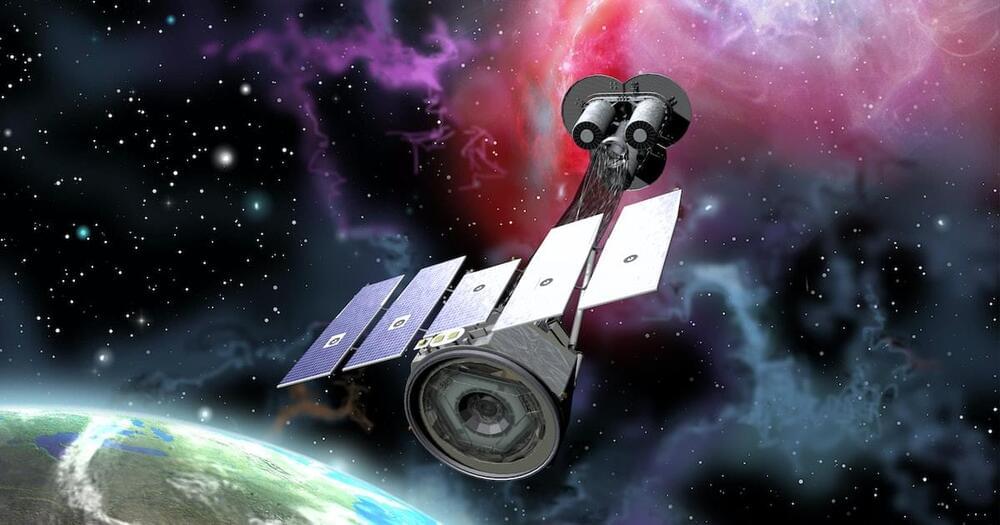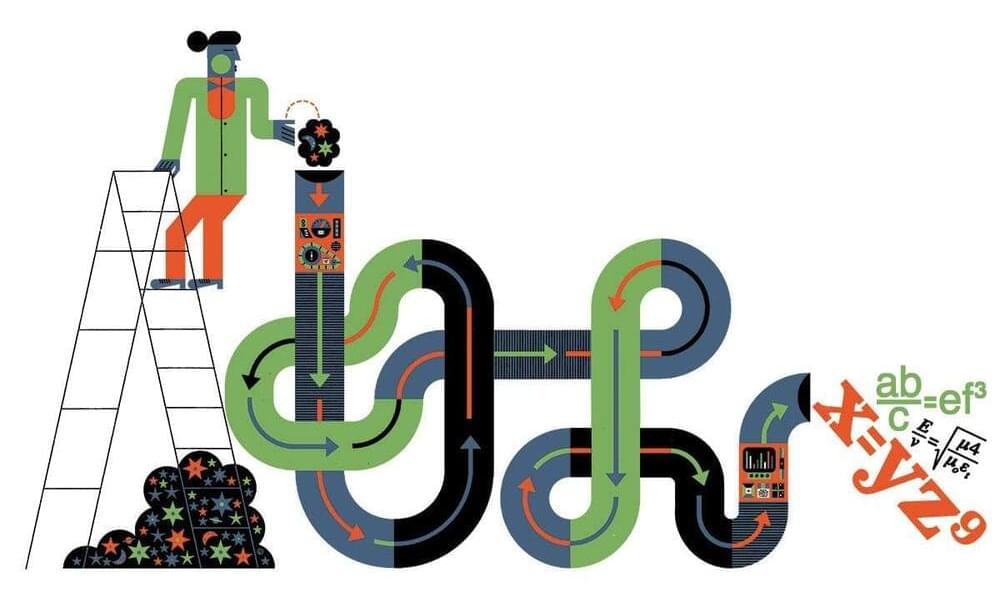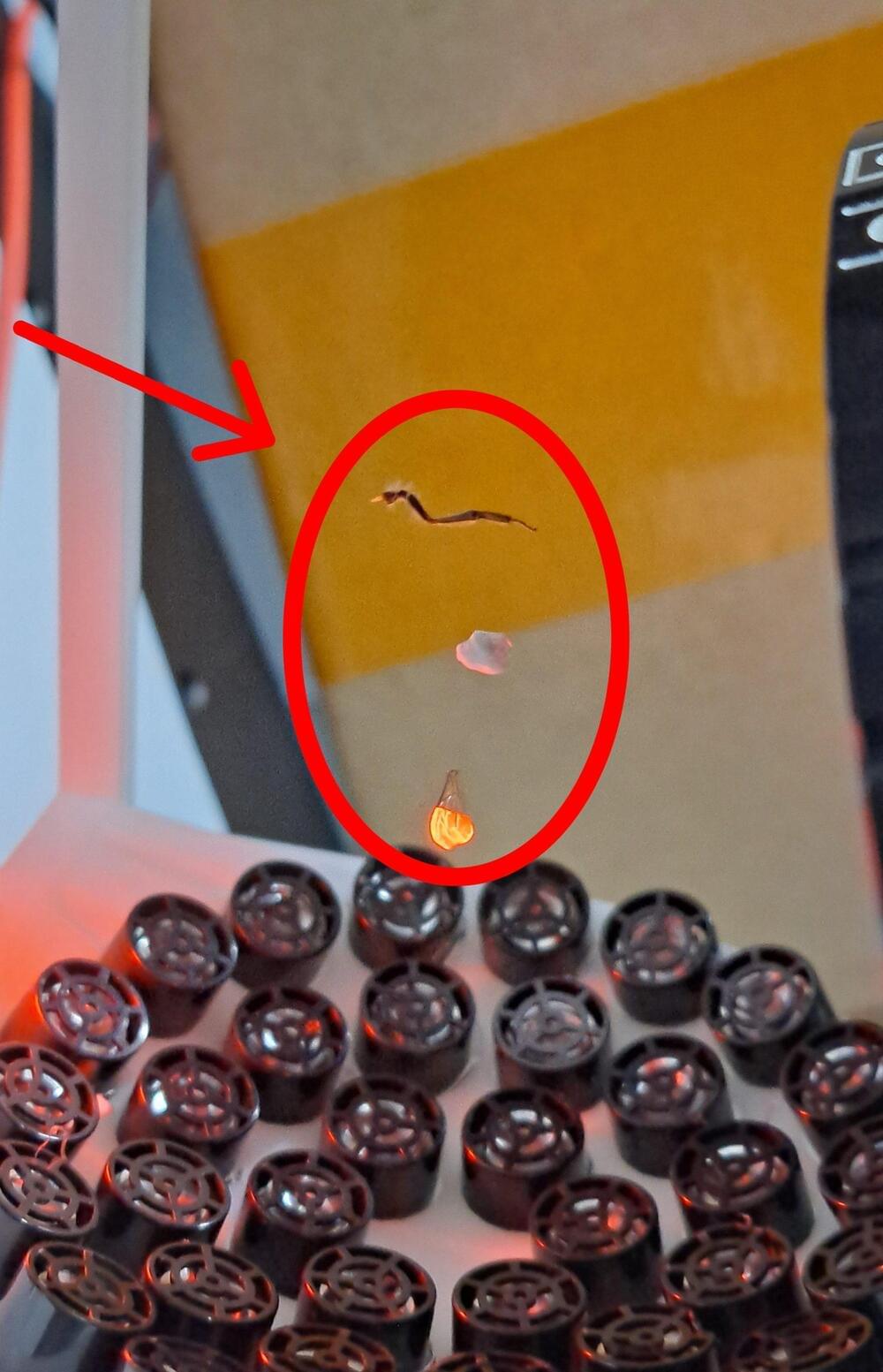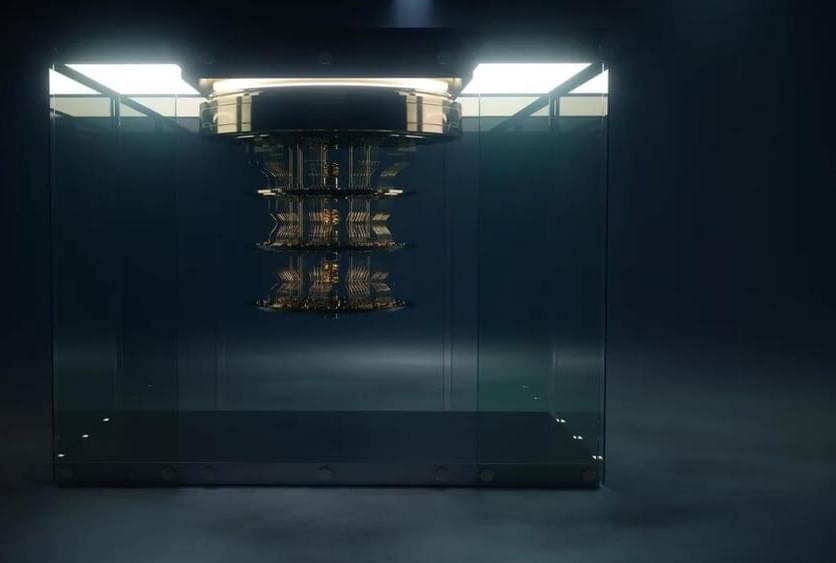Artificial General Intelligence (AGI) has been the subject of science fiction for centuries, but it was only with the advent of modern computing power in the mid-20th century that serious research began to be conducted into its feasibility.




Check out the on-demand sessions from the Low-Code/No-Code Summit to learn how to successfully innovate and achieve efficiency by upskilling and scaling citizen developers. Watch now.
Today, with the rampant spread of cybercrime, there is a tremendous amount of work being done to protect our computer networks — to secure our bits and bytes. At the same time, however, there is not nearly enough work being done to secure our atoms — namely, the hard physical infrastructure that runs the world economy.
Nations are now teeming with operational technology (OT) platforms that have essentially computerized their entire physical infrastructures, whether it’s buildings and bridges, trains and automobiles or the industrial equipment and assembly lines that keep economies humming. But the notion that a hospital bed can be hacked — or a plane or a bridge — is still a very new concept. We need to start taking such threats very seriously because they can cause catastrophic damage.

SPEAKING at the University of Cambridge in 1980, Stephen Hawking considered the possibility of a theory of everything that would unite general relativity and quantum mechanics – our two leading descriptions of reality – into one neat, all-encompassing equation. We would need some help, he reckoned, from computers. Then he made a provocative prediction about these machines’ growing abilities. “The end might not be in sight for theoretical physics,” said Hawking. “But it might be in sight for theoretical physicists.”
Artificial intelligence has achieved much since then, yet physicists have been slow to use it to search for new and deeper laws of nature. It isn’t that they fear for their jobs. Indeed, Hawking may have had his tongue firmly in his cheek. Rather, it is that the deep-learning algorithms behind AIs spit out answers that amount to a “what” rather than a “why”, which makes them about as useful for a theorist as saying the answer to the question of life, the universe and everything is 42.

Sound waves, like an invisible pair of tweezers, can be used to levitate small objects in the air. Although DIY acoustic levitation kits are readily available online, the technology has important applications in both research and industry, including the manipulation of delicate materials like biological cells.
Researchers at the University of Technology Sydney (UTS) and the University of New South Wales (UNSW) have recently demonstrated that in order to precisely control a particle using ultrasonic waves, it is necessary to take into account both the shape of the particle and how this affects the acoustic field. Their findings were recently published in the journal Physical Review Letters.
Sound levitation happens when sound waves interact and form a standing wave with nodes that can ‘trap’ a particle. Gorkov’s core theory of acoustophoresis, the current mathematical foundation for acoustic levitation, makes the assumption that the particle being trapped is a sphere.

Summary: A new study links daily eating to mortality risk. Those over 40 who eat one meal a day have a higher mortality risk. Those who skip breakfast are at an increased risk of cardiovascular disease-associated death, and those who eat meals less than 4.5 hours apart have increased mortality risks.
Source: Elsevier.
Eating only one meal per day is associated with an increased risk of mortality in American adults 40 years old and older, according to a new study in the Journal of the Academy of Nutrition and Dietetics.

The information security landscape is rapidly changing in response to quantum computing technology, which is capable of cracking modern encryption techniques in minutes, but a promising US government encryption algorithm for the post-quantum world was just cracked in less than an hour thanks to a decades-old math theorem.
In July 2022, the US National Institute of Standards and Technology (NIST) chose a set of encryption algorithms that it hoped would stand up to the encryption-cracking power of quantum computers and tasked researchers with probing them for vulnerabilities, offering a $50,000 prize for anyone who was able to break the encryption.

The new AI art software brings “brand new possibilities for creative applications.”
London and San Francisco-based Stability AI, the company that developed Stable Diffusion, an image-generating open-source AI software, has just announced the release of Stable Diffusion 2.0, as per a press statement on the company’s website.
What is Stable Diffusion?
Stability AI
The company’s new open-source offering provides new features and improvements over the 1.0 release, including new text-to-image models trained on a new encoder called OpenCLIP that improves the quality of the generated images.

“Science is for everyone and space travel hopefully can be for everyone.”
The European Space Agency (ESA) named the first-ever “parastronaut” this week on Wednesday, Nov. 23, meaning the world may soon see the first disabled person go to space.
The agency, made up of 22 nations, chose former British Paralympic sprinter John McFall among 16 other new recruits for astronaut training.

We strongly believe that culture meat is an engine of change.
Have you ever tried cultivated meat before? If not, what you’re about to learn will make you want to. Let us introduce you to Believer Meats, formerly known as Future Meat Technologies.
Established in 2018, the company says, “the only difference is that it’s been grown in a lab from high-quality, non-GMO animal cells. The result is meat that doesn’t require compromising on taste, quality, or environmental impact. It’s time to enjoy meat that’s as good for you as it is for the world.”